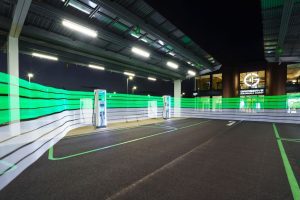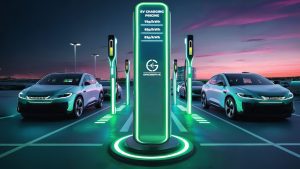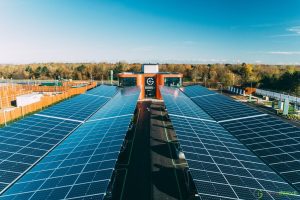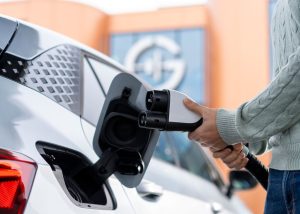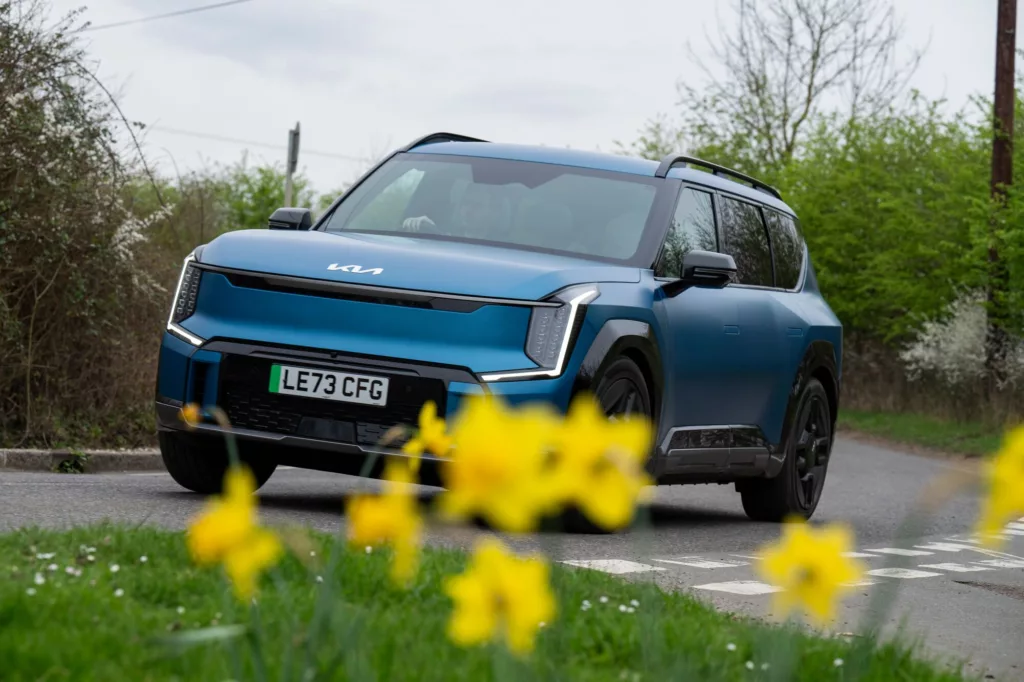

If you’ve been driving an electric car for some time you’ve probably got a good idea of how far you can take it before it’s time to charge.
But what if you’re new to the EV revolution? How do you know if the claimed numbers can be trusted?
Well, let us explain. Let’s start with the range figure that you’ll have seen advertised when you did your research on which car to buy or lease.
Most likely, this will have been accompanied by an asterisk or brackets pointing to something called ‘WLTP’, which stands for ‘Worldwide Harmonised Light Vehicle Test Procedure’.
Catchy, we know…
What is the WLTP test and how is it different to the New European Driving Cycle?
The WLTP is a standardised test used to determine the efficiency of cars. It officially replaced the regional New European Driving Cycle (NEDC) in 2018, which had become outdated in the way it tested cars.
Perhaps at this point, we should note that WLTP (and before it the NEDC) is nothing special for EVs – it applies to petrol and diesel vehicles in exactly the same way.
The purpose of it is to ensure all cars (electric vehicles or those with internal combustion engines) are measured in exactly the same way – and no car company can fib about how efficient their new model is.
The WLTP is different NEDC in that it standardises the test across the globe (hence the world), whereas before the NEDC was a regional test cycle for Europe, with other test cycles in the USA, China and Japan.
The introduction of WLTP sought to also make the test more realistic, and therefore make the results it returned closer to real life. However, because it has to be standardised, WLTP tests are still conducted in a laboratory to ensure every car is subjected to the same conditions.
The WLTP laboratory test
The temperature of the lab is set at a controlled 23 degrees Celsius – deemed ideal for electric vehicles batteries to work best – and the test is only run for thirty minutes. The car sits on a dynamometer, a machine that allows the wheels to turn when the car is stationary and precisely measures the power and speed.
You really don’t need to know the ins and outs of it, but boiling it down to the basics, there are four stages (or cycles) that make up the overall energy consumption of the car, and therefore the range (or fuel economy) available: Low, Medium, High and Extra High.
These are meant to represent stop-start traffic, city driving, suburban driving and higher speed driving respectively.
For example, the Low cycle sees the car ‘drive’ just over 3,000 metres, with the wheels not actually moving for over 50% of that period to simulate waiting in jams. The speed increases throughout the test, with the maximum speed achieved (for only a few seconds) just under 82mph.
The average speed throughout the thirty minutes of the test is just under 29mph, with a distance of 14.4 miles travelled. The test uses the battery data and energy consumption efficiency figure to calculate a full-to-empty range figure that is then quoted widely.
Still with us?
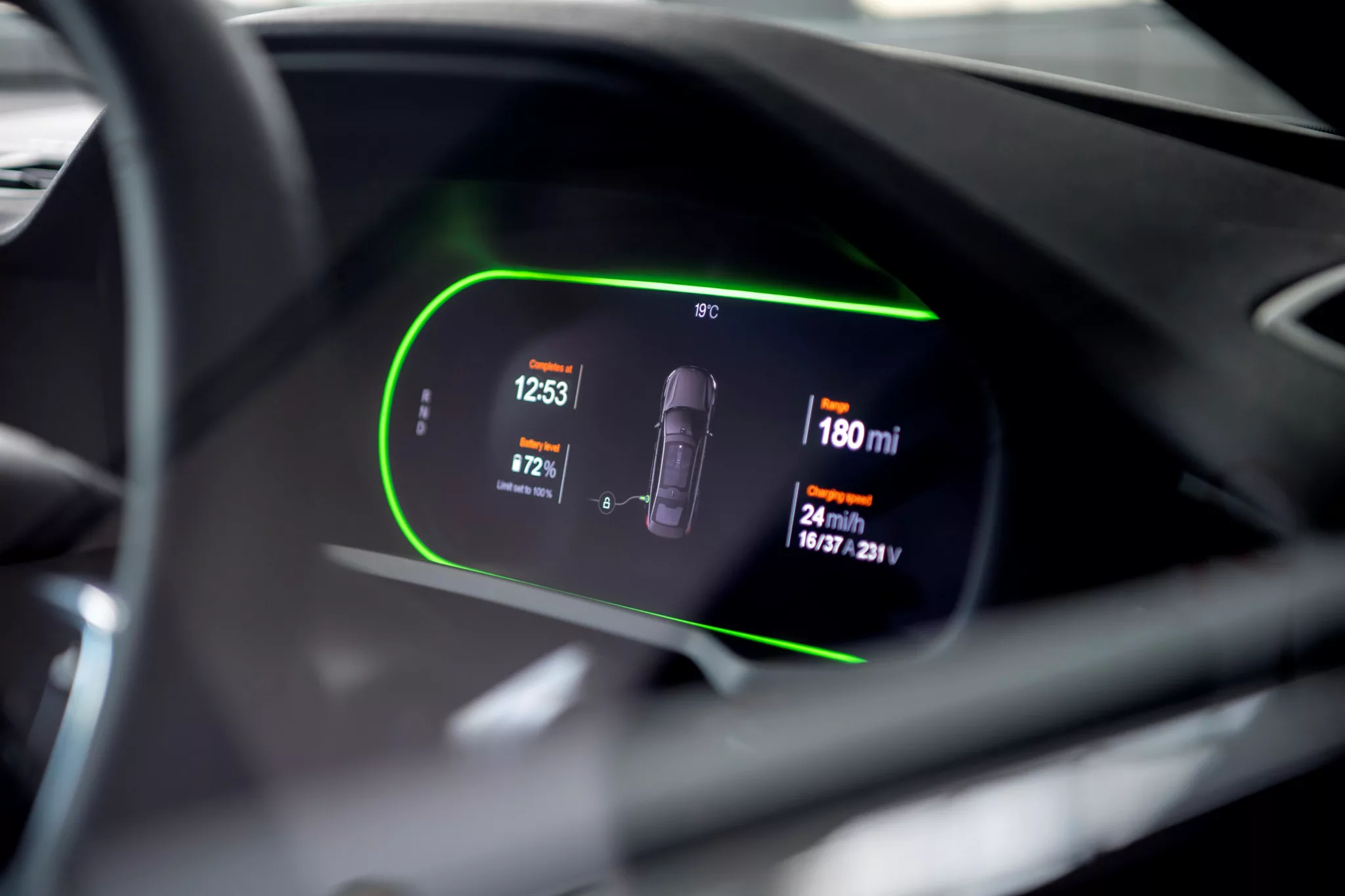
How is the WLTP test figure different from real world electric car range?
Although the WLTP test cycle is a lot more realistic than the old way of doing it (known as NEDC), clearly what’s described above in lab conditions is very different to driving in reality.
Again this is exactly the same for petrol and diesel cars, plug-in hybrids and EVs. When was the last time you achieved the claimed fuel economy in your car?
For example, the weather varies wildly depending on the time of year and is not a consistent lab temperature, and that can mean electric cars delivering 10-20% less range on the coldest days in winter.
What’s more, it’s unlikely you will be driving on completely flat and level ground all the time, and you won’t be going straight ahead either. And although the WLTP range calculations take into account things like air resistance (drag), they can’t work out the impact of rain, high winds and extreme heat on electric range.
In ideal conditions and journeys – such as mainly urban motoring with lots of opportunity to use regenerative braking – you may well achieve (or possible even beat) the WLTP range figure. But if you spend much of your time on motorways then you’ll be looking at a lower real-world range as electric energy consumption is higher.
Furthermore, it’s very unlikely that you’ll be running your battery right down to 0% charge at any point. General estimates say that an EV can achieve between 80-90% of its quoted WLTP range figure in real-world driving, so we’d use that basis to calculate longer journeys.
The average real-world range – calculated by the EV Database – is well over 200 miles, so this makes things a lot easier for the vast majority of motorists.
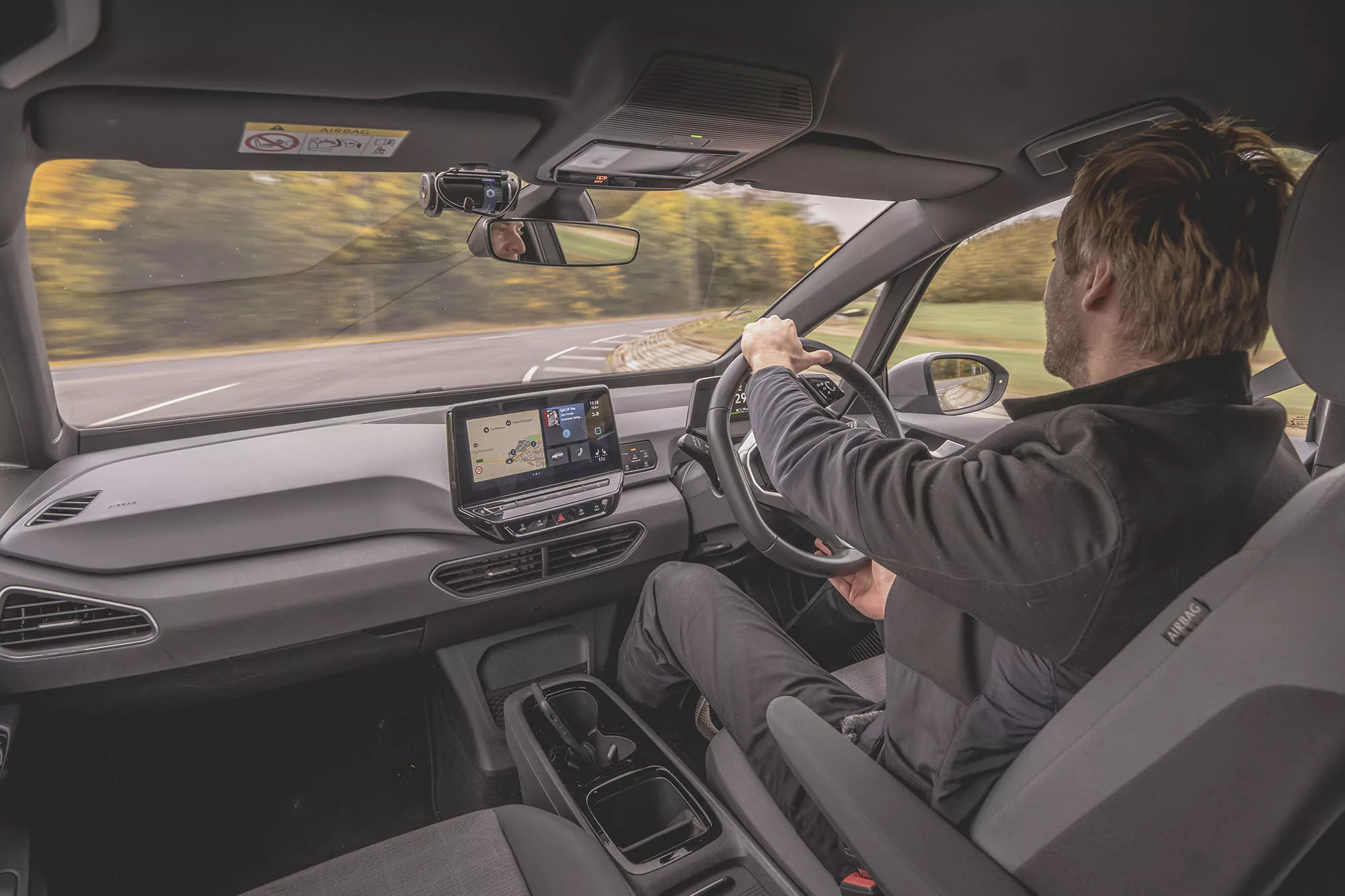
What can I do to maximise my real-world electric vehicle range?
There are several ways of ensuring you get as much range as possible out of a charge. A big factor is avoiding excessive use of heating and air-conditioning – instead use the more energy-efficient heated seats and steering wheel to stay warm.
Choosing an electric car with a heat pump is also a good idea as this heats the cabin more quickly and efficiently, while using pre-conditioning to heat or cool the car when it’s plugged in will save range.
And when it’s hot, you’re better off setting the air-con at the highest tolerable temperature at high speeds, whereas at lower speeds consider opening the windows and turning it off.
Think about your driving style, too. Anticipating what’s ahead, such as traffic lights or slower traffic, helps a great deal and avoids wasteful last-second braking.
Speed is a big factor, too, particularly on motorway journeys. Instead of mixing it with the faster cars at 70mph why not try 60-65mph instead? It’s fast enough to stop you being overtaken by lorries but will give you a useful range boost. Avoid harsh acceleration, too, as this will rapidly use up your battery for no real overall gain.
And if you just want to run and run without stopping, why not check out the longest range electric cars on sale today? There are many capable of well over 300 miles, and even some that can do over 400 miles on a single charge.
